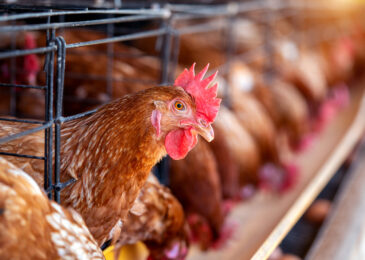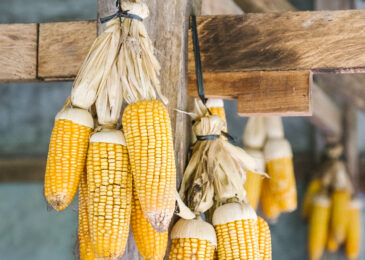Contents
Unveiling the Power of Cover Crops: Elevating Farming Sustainability and Soil Health
As farming practices continue to evolve, sustainable and environmentally friendly techniques are gaining prominence. One such practice that has captured the attention of farmers worldwide is the use of cover crops. These unassuming plants play a vital role in improving soil health, preventing erosion, and contributing to the overall sustainability of farming operations. In this article, we’ll delve into the world of cover crops, exploring their benefits, different types, and how they can transform your farming endeavors.
Understanding Cover Crops
Cover crops, often referred to as green manure, are non-cash crops grown primarily to benefit the soil and the ecosystem, rather than for harvest. They are planted during periods when the main crops are not in the ground, such as between growing seasons or during fallow periods. While cover crops might not contribute directly to the farmer’s income, their impact on soil fertility and long-term agricultural sustainability is immeasurable.
The Benefits of Cover Crops
- Soil Health Improvement: Cover crops act as nature’s nourishment for the soil. Their root systems help prevent soil compaction and break up hardpan, enhancing water infiltration and aeration. As they grow, cover crops capture and cycle nutrients, making them available to subsequent crops and reducing the risk of nutrient runoff.
- Erosion Prevention: The dense root systems of cover crops anchor the soil, reducing the risk of erosion caused by wind and water. This is especially crucial on sloped fields or areas prone to heavy rainfall.
- Weed Suppression: Cover crops shade the soil, limiting the sunlight available to weed seeds. This natural weed-suppressing effect reduces the need for herbicides and manual weeding.
- Biodiversity Promotion: Introducing diverse cover crop species into your rotation encourages biodiversity above and below the ground. This diversity can deter pests and encourage beneficial insects, leading to a more balanced ecosystem.
- Nutrient Management: Certain cover crops, known as “nitrogen fixers,” have the ability to convert atmospheric nitrogen into a form that plants can use. This reduces the need for synthetic nitrogen fertilizers and contributes to the sustainability of soil fertility.
- Climate Resilience: Cover crops help sequester carbon dioxide from the atmosphere, mitigating the impact of climate change. Additionally, their ability to improve soil structure enhances water retention and resilience during periods of drought.
Types of Cover Crops
- Legumes: Leguminous cover crops, like clover and vetch, have nitrogen-fixing capabilities. They form symbiotic relationships with nitrogen-fixing bacteria, enriching the soil with this essential nutrient.
- Grasses: Grass cover crops, such as rye and oats, are excellent for soil erosion control. Their fibrous root systems hold the soil together while also improving soil structure.
- Brassicas: Brassica cover crops, like radishes and mustards, are known for their deep taproots. These roots help break up compacted soil layers, improving water infiltration and root penetration.
Implementing Cover Crops on Your Farm
- Identify Goals: Determine your specific goals for using cover crops. Are you focusing on soil improvement, erosion control, or weed suppression? Your goals will influence the types of cover crops you choose.
- Crop Rotation: Integrate cover crops into your crop rotation plan. Consider the timing of planting and termination to ensure they don’t compete with your main crops.
- Choose the Right Cover Crop: Select cover crops based on your goals, climate, and soil type. Consulting local agricultural extension services or experienced farmers can provide valuable insights.
- Planting and Termination: Follow recommended planting techniques and termination methods. Some cover crops are terminated by mowing, while others can be rolled or crimped to create a natural mulch.
Conclusion
The world of agriculture is rapidly evolving, with an increasing emphasis on sustainability and environmental responsibility. Cover crops exemplify this shift, offering a multitude of benefits that extend beyond traditional crop yields. By harnessing the power of cover crops, farmers can improve soil health, prevent erosion, enhance nutrient management, and promote biodiversity.
As you embark on your journey to incorporate cover crops into your farming practices, remember that each field is a canvas of potential. By carefully selecting and nurturing cover crops, you’re not only investing in your own agricultural success but also contributing to the health and longevity of the land you steward.
So, whether you’re a seasoned farmer or just beginning your agricultural journey, consider the remarkable impact that cover crops can have on your fields, your community, and the future of farming itself.





